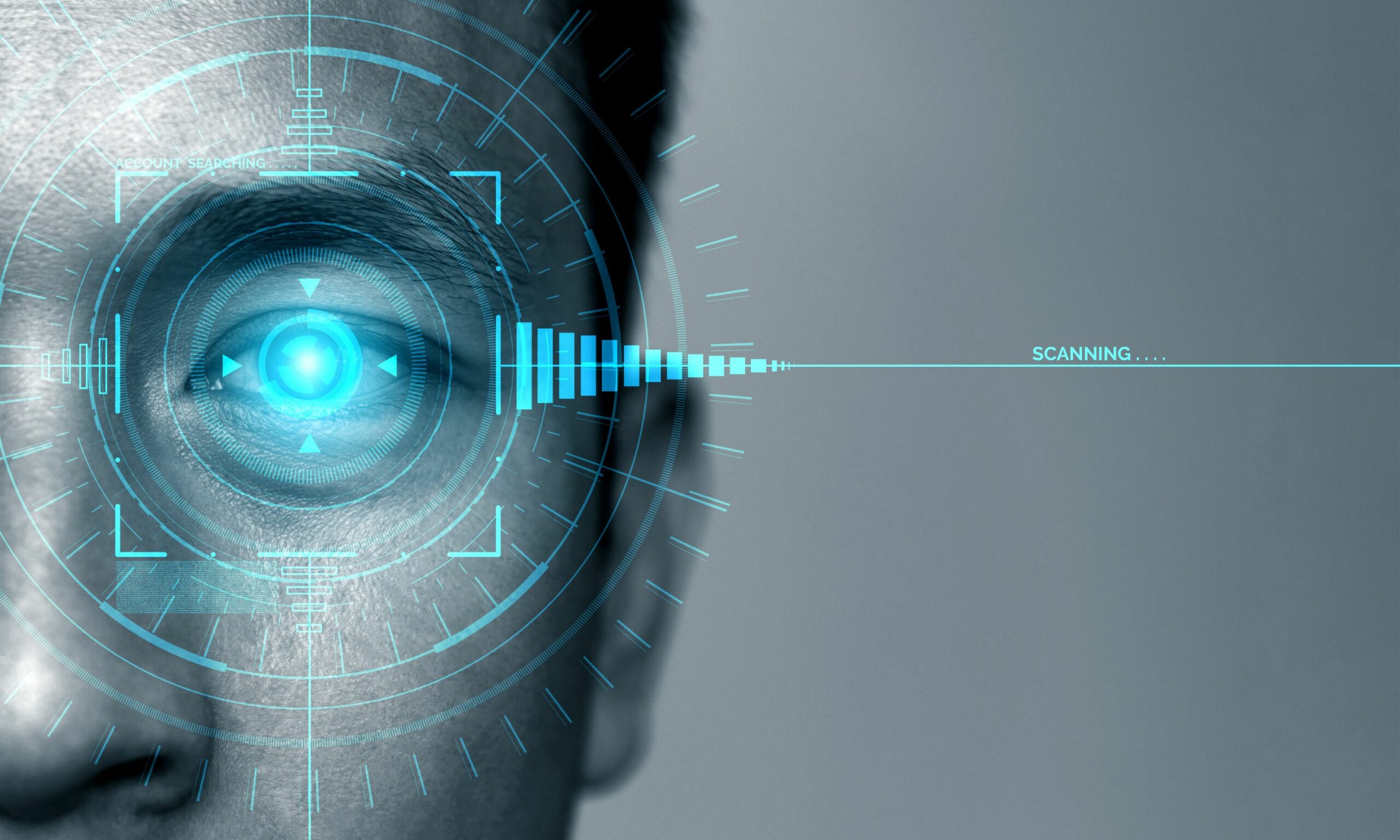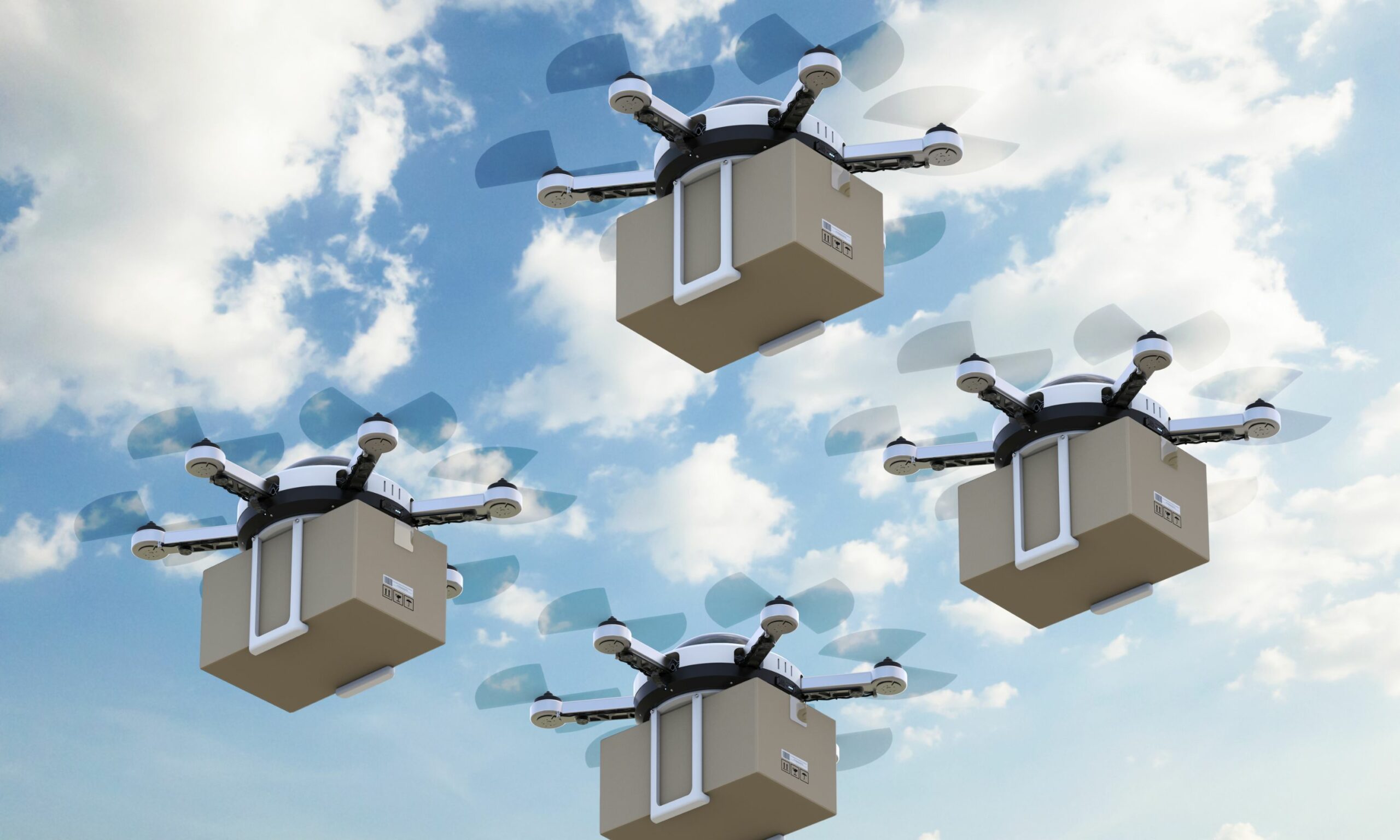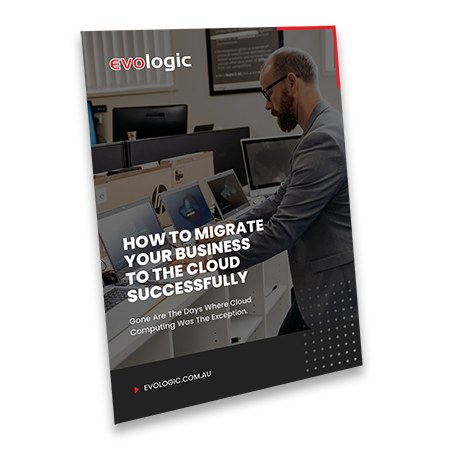Every year is always bigger than the last for tech advancement and 2023 is shaping up to be HUGE. For businesses to compete in what is a digital economy, it’s important to be across the latest technology improvements that could optimise your processes for better business outcomes. While some of the new tech trends 2023 are highly pertinent to organisations and should be considered for implementation, there are still some in the trial phase and best left to be perfected before attempting integration. Here are 5 of the biggest tech trends of 2023 we’re excited about that could lead to advanced business practices, increased cybersecurity, higher efficiency, easier data management… and faster food deliveries.
1. Artificial intelligence
Artificial intelligence seems to be causing the biggest buzz in the tech world, with AI generators now capable of generating bespoke content, images, audio and designs in a matter of minutes. Even though Artificial Intelligence software has existed for over a decade, its employment is a trend very much happening NOW. While complicated AI was previously technology used exclusively in the realm of programmers, most user interfaces have now been simplified, opening them up to anyone and everyone wanting to utilise them for personal and business reasons.
While the rate at which AI output is impressive, there is still plenty of room for error. As with all newly embraced technologies, it presents challenges. Universities and schools have most recently identified AI content generation as a potential way to cheat in exams and have had to switch to pen and paper until a solution can be found.
AI can obviously save businesses time, but it isn’t infallible and still needs a human pilot to sense-check output. So don’t worry – the robots aren’t replacing us just yet.

2. Sustainable tech is going strong
Sustainable tech continues its ascendance in importance. As more businesses and consumers become aware of their environmental impact, they are continually looking for ways to reduce their carbon footprint and make more sustainable choices. This includes investing in renewable energy sources and technologies, such as solar panels, wind turbines, and energy-efficient appliances. There is also now the option for businesses to switch to green web hosting services, which use renewable energy to power their servers. More than ever, companies are embracing greener IT solutions, such as cloud computing and virtualisation, which can reduce data centre energy consumption and operating costs.
Investing in sustainable tech and efficient energy sources isn’t just a feelgood exercise, but can contribute to an improved bottom line. At the other end of the cycle, businesses are expected to be responsible when it comes to hardware disposal, so don’t throw those dead laptops in the dumpster. eWaste collection centres and services will come and collect your retired hardware for correct disposal or potential recycling. Do the right thing.
3. Are biometrics the new passwords?
Biometrics has huge potential for the coming year. Biometric authentication is a way of verifying someone’s identity without the need for a physical token or password. Think facial and voice recognition, iris signatures and fingerprint scanning. Biometrics are considered a reliable form of authentication because physical characteristics are generally more difficult to falsify than passwords or PINs.
Given the continuous debate around the topic of what warrants a strong password or passphrase, and the best way to remember them, biometrics could be a welcome reprieve for those who are forever hitting the ‘reset password’ button. This is already accessible technology on most personal devices and is already widely used in the US, but we may see it being deployed by more businesses and on apps in Australia.
Implementing biometrics and best practice policies across your organisation could take time to perfect, so in the meantime ensure you have robust password policies. Both Microsoft and the National Institute of Standards and Technology (NIST) have come out with a revised best practice for passwords. It suggests passphrases are a better solution than passwords for higher cybersecurity resilience. Passphrases are a group of unrelated words that are harder to guess or what we know in the IT world as ‘password entropy’.

4. Autonomous everything
In 2023, we’re going to see a lot more autonomous technology utilised in cars, trucks and even ships. Warehouses and factories have been using autonomous technology for decades. This is the year it is going to become even more visible to the everyday consumer.
Tesla drivers are already hailing the use of Tesla autopilot which takes over some of the more burdensome manual tasks that compromise driver safety. These include features like automatic lane changes on freeways, hands-free automatic parking, manoeuvring around car parks in certain scenarios, autopilot navigation.
But what about those driverless cars everyone keeps talking about? While the technology absolutely exists, it will still be a number of years before the government permits vehicles on public roads. But, the launch may not be as far away as we think. Australian transport authorities are reported to be going ahead with new regulations and a potential launch as soon as 2026.
Let’s not forget the promise of delivery drones. Drone delivery service Wing was launched by Alphabet in the US in 2019 and has partnered with Amazon. In Australia, Wing division has just teamed up with DoorDash to trial delivering groceries in Logan, Australia.

5. 5G Internet is now
Welcome to the next generation of mobile internet connectivity. If you didn’t know, the ‘g’ stands for generation. For those of you old enough, you’ll remember the 2G network which started out with simple functions like text and image messaging. 3G saw the introduction of internet access and not long after, 4G allowed wireless streaming and sharing. 5G is the next level up with much faster speeds and less latency. You can expect to stream or game uninterrupted. The speed that 5G alone is also leading some businesses to consider switching to a cellular network. Why? While the nbn™ is a fixed-line network and 5G is cellular, it has been proven without a doubt that 5G is currently faster. The minimum speed that 5G users can expect is 50Mbps, and in controlled testing, the technology has delivered speeds of as high as 20Gbps. Most nbn™ users can only access maximum speeds of 100Mbps, or even 50Mbps. According to Telstra, 5G now covers 80% of Australia.
Outsource your IT in 2023
If you’ve been searching for a reliable managed IT partner for better business outcomes, make this year your best one yet with Evologic. Call our team members on 03 5222 6677 to see how we can support your business or contact us online.


